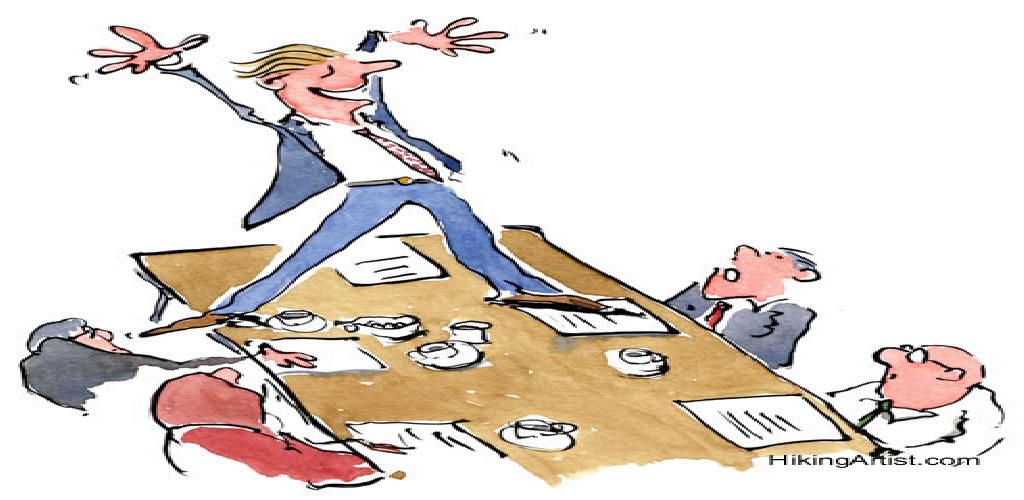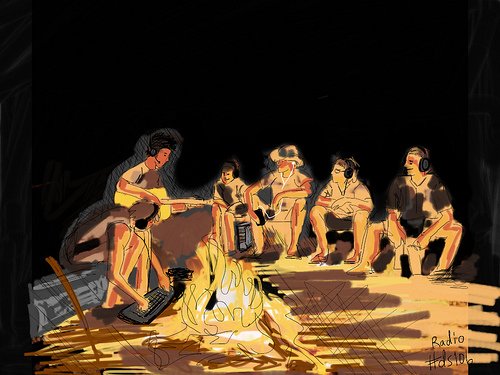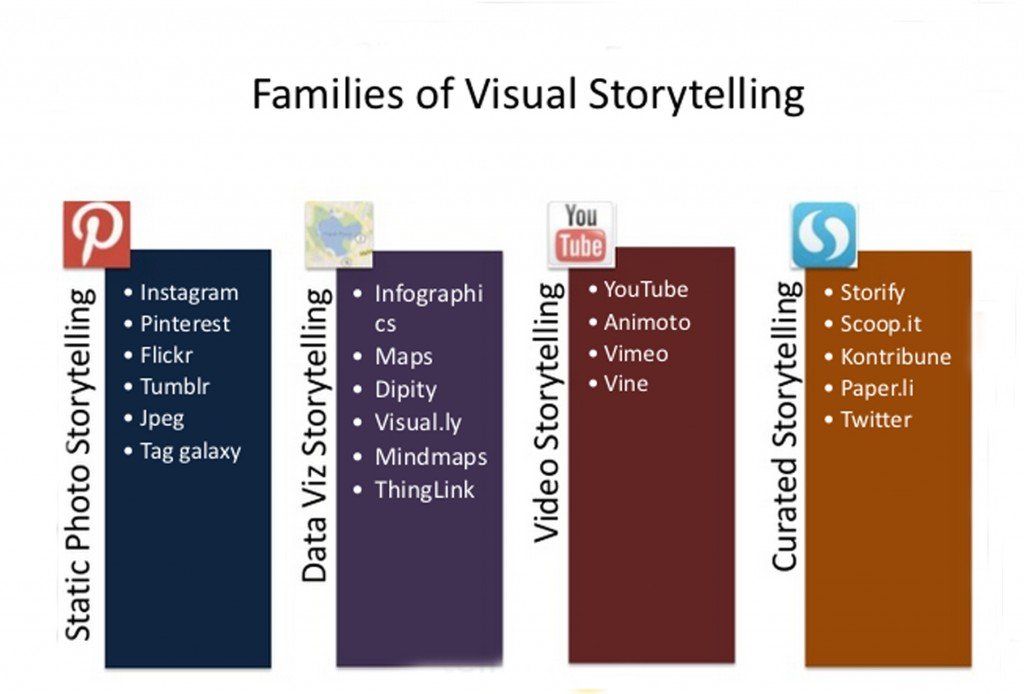
Who hasn’t had this experience: You have to give a presentation and you put together a nice collection of slides into a beautifully crafted powerpoint that hopefully will engage your audience. Confidently you hope that the slides will transmit your idea, attract their attention, and persuade the people on the benefits of what you are proposing. And then, when the day of the presentation comes, as you start talking, secretly hoping that the data and the images of the powerpoint will speak for themselves, you notice how your audience becomes disengaged, even bored. Why is that? To put yourself in the shoes of the public, the other side, might be useful here: nowadays, as we all have been through the experience of many years of powerpoint presentations filled with “convincing” data conveyed through statistics and charts, we became all sharp meta-decoders. And more than wanting to decode, we want to connect, to feel and to experience, not with the data of the powerpoint slides presented in front of us, but with the person speaking.
Cliff Atkinson, the author of the book “Beyond Bullet Points” tackles this question in his book, referring how even though many people in business think raw data is persuasive, it is wise nowadays to move beyond facts and figures, which aren’t as memorable as narratives. As he says: “You have to step back and put yourself into their shoes and take them through the process of understanding”. When we decipher numbers, lists and charts we are going through a process of decodification, and as I have said, we have all become sharp meta-decoders. But when we read/hear stories, we are experiencing those narratives. A story mixes the rational with the intuitive and it triggers in you immersive emotions. An interesting alternative to use in your business, might therefore be storytelling, as it “requires you to distill the most important facts and wrap them in an engaging story.”
Storytelling is the way we have communicated since our earliest ancestors gathered around a campfire. The stories and anecdotes we share with one another are the way we let each other know who we are, what we care about, where we come from, where we are going and, most importantly. Stories are how we connect on the most fundamental, human level. Stories are the best way to embody share and remember knowledge. But as times have shifted, even though campfires still exist, as we gather around the fires, we share stories, but many of these, come from the net, as we browse it, looking at our mobiles, tablets or laptops. We have moved on, and now, the time is the one of digital storytelling.
Digital storytelling is described by Wikipedia as a short form of digital media production that allows people to share aspects of their life story. “Media” may include the digital equivalent of film techniques (full-motion video with sound), animation, stills, audio only, or any of the other forms of non-physical media (material that exists only as electronic files as opposed to actual paintings or photographs on paper, sounds stored on tape or disc, movies stored on film) which individuals can use to tell a story or present an idea. Digital Storytelling has been used particularly by non profit organizations, to create communities of common concern on a global scale. The website: www.splash.org is a very interesting example of this as it combines various strategies of digital storytelling by using various online tools.
But Digital Storytelling can be very useful to your business as well, and can be appropriate to whatever situation, from a business presentation, to your online presence. Nowadays, as the biggest majority of the business life happens on the internet, its online where you need to be. And actually, if you look carefully you will find online, the best possible digital tools to use in your business. These can be used with some creativity to convey the story/stories you want to construct about your business.
Digital tools are packed with the potential to use your content – whether that is video, audio, photographs or copy – to say something about your business. They allow you to mould the content you have, so that it tells your story in a way which gets people involved in your journey. But being an effective storyteller requires preparation. How can we apply the tools of the digital environment in which all of us are immersed nowadays to the benefit of our business?
The fundamental question still is a quite basic one: How to organize your story? What will you talk about? Some ideas that can help you crafting it is to find in a structure that simplifies a complex idea to its essence and that enables you to build its story arc. To have one or two main protagonists is also essential and these should be the carriers of an emotion. Your story should provoke a strong connection with the audience, and that is best achieved through a strong intelligent message. The cherry in the cake of digital storytelling applied to business is when your story inspires action.
Four quick examples of types of stories you can use in your business are : stories of the founding/founders of your company , “our people stories”, what you do, and finally impact stories. These last are very well conveyed with the use of infographics.
Alternatively, you can also use small moment stories that connect emotionally through a strong message. These are perfect for presentations in business meetings. You can narrate your engaging story illustrating it by browsing through a whole range of possibilities, such as your personal board from Pinterest, an exciting video, some appealing infographics, or showing an attractive visual book presented online on the ISSUU platform.
The use of digital storytelling as a way to help your business is enormous, and it depends on the size of it. Bigger businesses can venture into making interactive maps in their websites which give people access to digital versions of their exclusive events, or generate timelines of their business with interactive hubs over key dates, containing their story and photos / videos: perfect for celebrating a landmark date like 10 years in business. Storytelling through digital tools can be also used as a way to guide your customers through a potentially confusing process, with each step being a hub that contains helpful instructions, training videos and other assets.
Something important is to focus on the distribution of content. To think on what to do when there are 20 or 30 videos is also important. How will they be linked together? Do you want them to tell a story? Do you want them to be available with other assets – like a description, or some images? One can use digital tools that bring content together (whether video, audio, images or copy) in a creative way that adds meaning – and it’s well worth looking into what the options are
Stories spark the emotions. We have an intuitive, emotional side as well as a deliberate, rational side to our character. Too often in business we only try and connect with people on a rational level but this isn’t enough anymore. People may understand what you want them to do but if they aren’t emotionally engaged they just won’t do it. People use stories to make sense of things and they learn from stories. Storytelling gives us a way of inspiring others in a way that appeals to both sides of our character.
As Daniel Pink says: “we are our stories, we compress years of experience, thought and emotion into a few compact narratives that we convey to others and tell to ourselves”. The digital possibilities to create digital storytelling are enormous, and the results can be absolutely diverse. Two interesting and diverse examples of the way storytelling can be used in a digital environment are the interactive project: The Truvia “Voyage of Discovery”, and the illustrated videos of the RSA.
The Truvia “Voyage of Discovery” was launched by transforming the 400 square meters of Selfridges roof into a magical pop-up island and boating lake in one of the most talked about brand launches of 2011. The digital team at World Television transformed the experience into an interactive map, allowing digital explorers to journey through key ‘hotspots’ such as the boating lake.
Another completely different example of Digital Storytelling is the talk entitled of : “The surprising truth about what motivates us”, that was illustrated by a lively RSA Animate, adapted from Dan Pink’s talk at the RSA. Available online, this talk uses a skilled illustrator making quick drawings of Dan Pink´s talk on motivation, that transforms his ideas into appealing visual stories filled with funny characters and situations.
Both examples are possible ways of using the digital environment to create strong stories that can be shared and attract the attention of your public to your business.

Maria Fonseca is the Editor and Infographic Artist for IntelligentHQ. She is also a thought leader writing about social innovation, sharing economy, social business, and the commons. Aside her work for IntelligentHQ, Maria Fonseca is a visual artist and filmmaker that has exhibited widely in international events such as Manifesta 5, Sao Paulo Biennial, Photo Espana, Moderna Museet in Stockholm, Joshibi University and many others. She concluded her PhD on essayistic filmmaking , taken at University of Westminster in London and is preparing her post doc that will explore the links between creativity and the sharing economy.
































